Irish Crochet is a captivating and intricate lace-making technique with roots dating back to the 19th century, and it remains popular for its rich textures and timeless appeal. This blog delves into the history of Irish Crochet, explores trends from past to present, and provides insights into today’s designs, yarns, and tools for creating beautiful pieces.
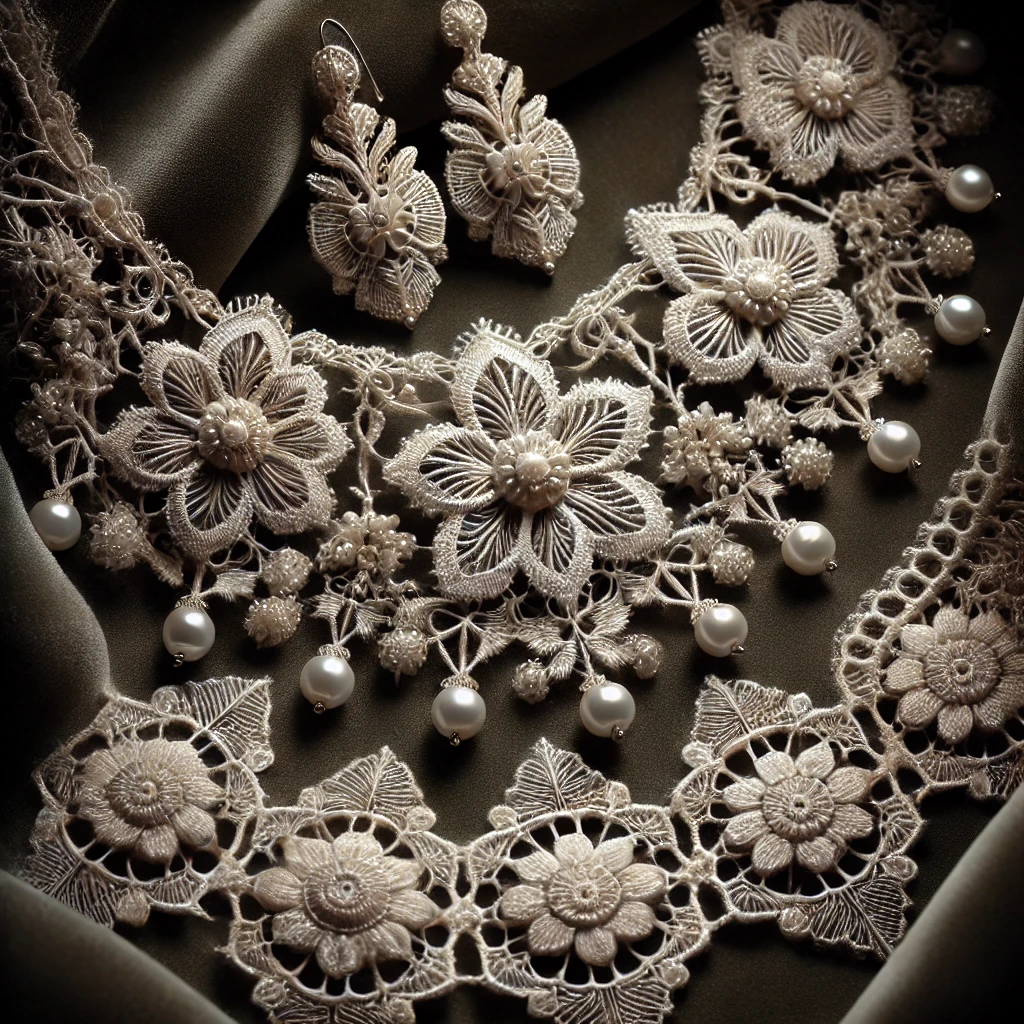
The History of Irish Crochet
Irish Crochet lace was first developed during the Great Irish Famine (1845–1851) as a means of income for struggling Irish families. The lace style was heavily influenced by Venetian lace, which was popular in Europe at the time. However, Irish women made it unique, creating a form of lace that used the basic chain stitch, making it accessible to many. The demand for this crochet lace grew, allowing Irish families to export their work to places like England and America, where it became a fashionable choice among the upper classes.
Irish Crochet spread widely, leading to the formation of crochet schools and lace-making communities across Ireland. This craft became especially important for women, who could practice the art at home and sell their work, providing much-needed income.
Evolution and Trends in Irish Crochet
Initially, Irish Crochet was a staple of high-fashion garments and household linens. As time passed, its use extended to accessories like gloves, bonnets, and collars. In the 1920s and 1930s, Irish Crochet became more refined, with smaller, intricate patterns that required a high level of skill. Post-World War II saw a decline in traditional lace, as machine-made lace gained popularity due to its affordability. However, a resurgence in the late 20th and early 21st centuries brought Irish Crochet back into focus.
Modern Trends
Today, Irish Crochet has re-emerged as a valuable technique, particularly among handmade and artisanal movements. It has evolved to blend with contemporary fashion trends, showcasing both traditional and modern designs. Bohemian and vintage styles have embraced Irish Crochet for its artisanal aesthetic, resulting in items like summer tops, skirts, beachwear, and even wedding gowns. Many modern designers experiment by combining Irish Crochet with other fabrics, such as linen or silk, creating a fusion of texture that appeals to a wide audience.
Crocheters are also exploring new color schemes, moving beyond traditional white and cream to incorporate pastels, bold colors, and metallic threads. The mix of classic and contemporary looks has also made Irish Crochet popular for heirloom pieces and bridal attire.
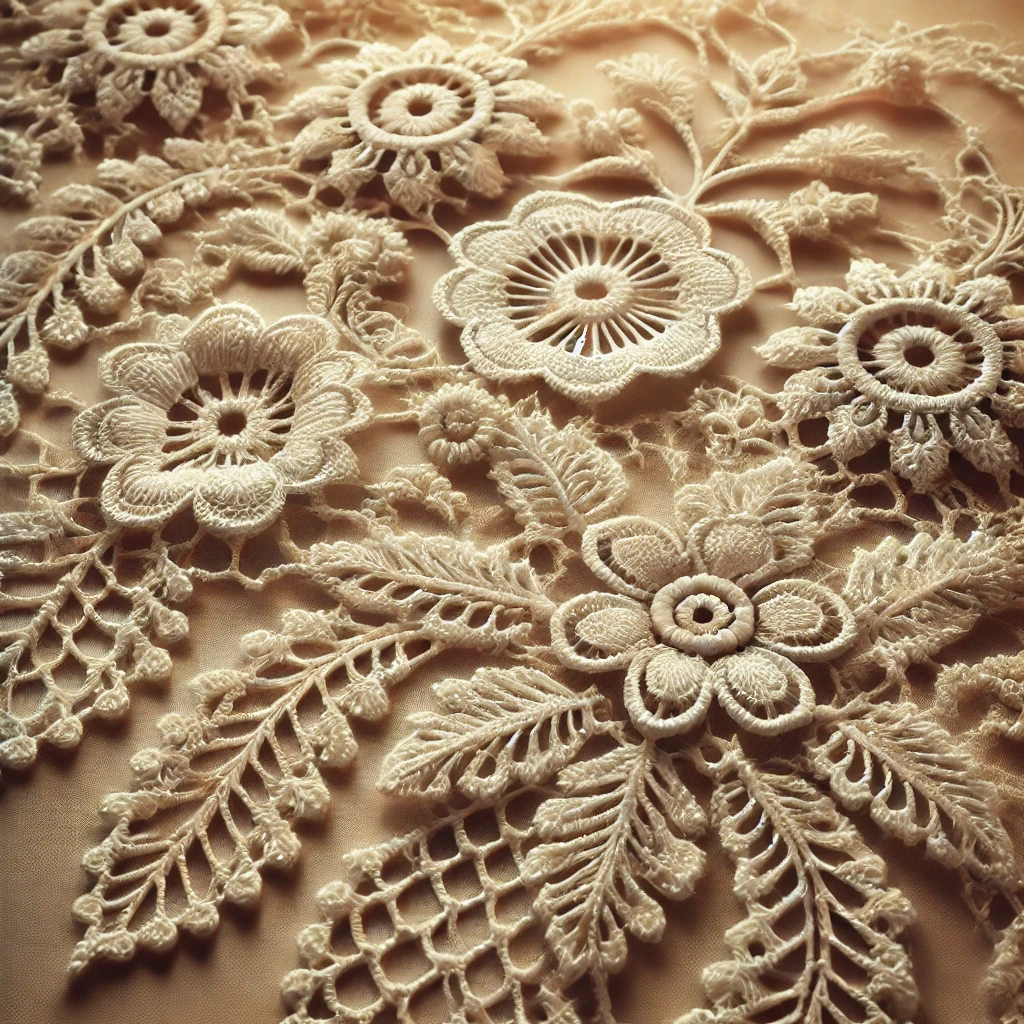
Present-Day Designs and Patterns
Modern Irish Crochet patterns still honor traditional motifs—floral shapes, leaves, and vines—while also experimenting with new designs. The three-dimensional quality of Irish Crochet is what sets it apart. This raised, textured effect is achieved through the use of padded stitches and layering techniques.
Current patterns often focus on free-form crochet, allowing artists to piece together motifs and designs in unique ways. Some of the most popular Irish Crochet items today include:
- Wedding Dresses and Bridal Accessories: Irish Crochet remains popular in bridal fashion, with lacework often featured in wedding gowns, veils, and shawls.
- Bohemian Clothing and Accessories: Lightweight tops, skirts, and kimonos made with Irish Crochet are perfect for warm-weather styling, often seen at music festivals or in bohemian fashion collections.
- Home Décor Items: Blankets, table runners, and doilies made from Irish Crochet add a vintage or rustic charm to homes.
- Jewelry: Small Irish Crochet motifs like flowers or leaves can be turned into statement earrings, pendants, and bracelets.
Yarns and Threads for Irish Crochet
Traditionally, Irish Crochet was made using very fine, mercerized cotton threads to achieve the delicate lace effect. Today, a wider range of fibers are used, depending on the project. Here are some common choices:
- Mercerized Cotton: Still popular, this cotton thread provides a high sheen and works well for intricate lacework.
- Linen and Silk Blends: These fibers are often chosen for high-end, luxurious items, especially in bridal and evening wear.
- Lace-Weight and Fingering Yarn: Modern designs sometimes use lightweight yarns for a slightly denser fabric, making it suitable for apparel.
- Bamboo and Other Plant-Based Fibers: These eco-friendly options offer softness and drape, making them great for scarves, tops, and accessories.
- Metallic Threads: Often used for accents in Irish Crochet, adding a subtle shimmer to jewelry or embellishments on garments.
When selecting thread or yarn, it’s essential to choose one with a smooth texture and good stitch definition, which is vital for showcasing the detailed patterns in Irish Crochet.
Crochet Hooks for Irish Crochet
Irish Crochet requires fine hooks to create the small, tight stitches characteristic of this lace. Traditionally, steel hooks (ranging from 0.6mm to 1.75mm) are used for Irish Crochet, especially when working with thin threads. However, contemporary crocheters may use slightly larger hooks for thicker yarns or to add a modern twist to the fabric’s texture. Common choices include:
- Steel Hooks: Ideal for traditional, delicate work with cotton thread.
- Bamboo or Aluminum Hooks: Used with larger yarns, these hooks make Irish Crochet accessible for different skill levels and project types.
- Ergonomic Hooks: These hooks are helpful for those working on larger projects, as they reduce hand strain.
Techniques in Irish Crochet
One distinguishing feature of Irish Crochet is the use of “padding cords” or a foundation row of stitches that allows the crocheter to create three-dimensional motifs. Motifs are often created separately and then joined together with a crochet mesh background. The steps typically involve:
- Creating Individual Motifs: Like roses, leaves, and scrolls.
- Adding Padding: For a raised effect, often by working stitches over a thicker cord.
- Joining Motifs: Using a mesh background or “filling” stitches to connect motifs into a larger fabric.
Learning Irish Crochet requires patience and precision, but with practice, it becomes a versatile and expressive technique.
Learning Irish Crochet: Tips for Beginners
If you’re new to Irish Crochet, here are a few tips to get started:
- Practice with Basic Motifs: Begin with simple flowers or leaves to get comfortable with the stitches.
- Use Quality Materials: Investing in good threads and a fine hook can make a significant difference in ease of work and finished look.
- Focus on Tension: Maintaining even tension is crucial to achieving a clean and professional look in Irish Crochet.
- Work with Patterns: Start with established patterns to get a feel for the method before moving to free-form designs.
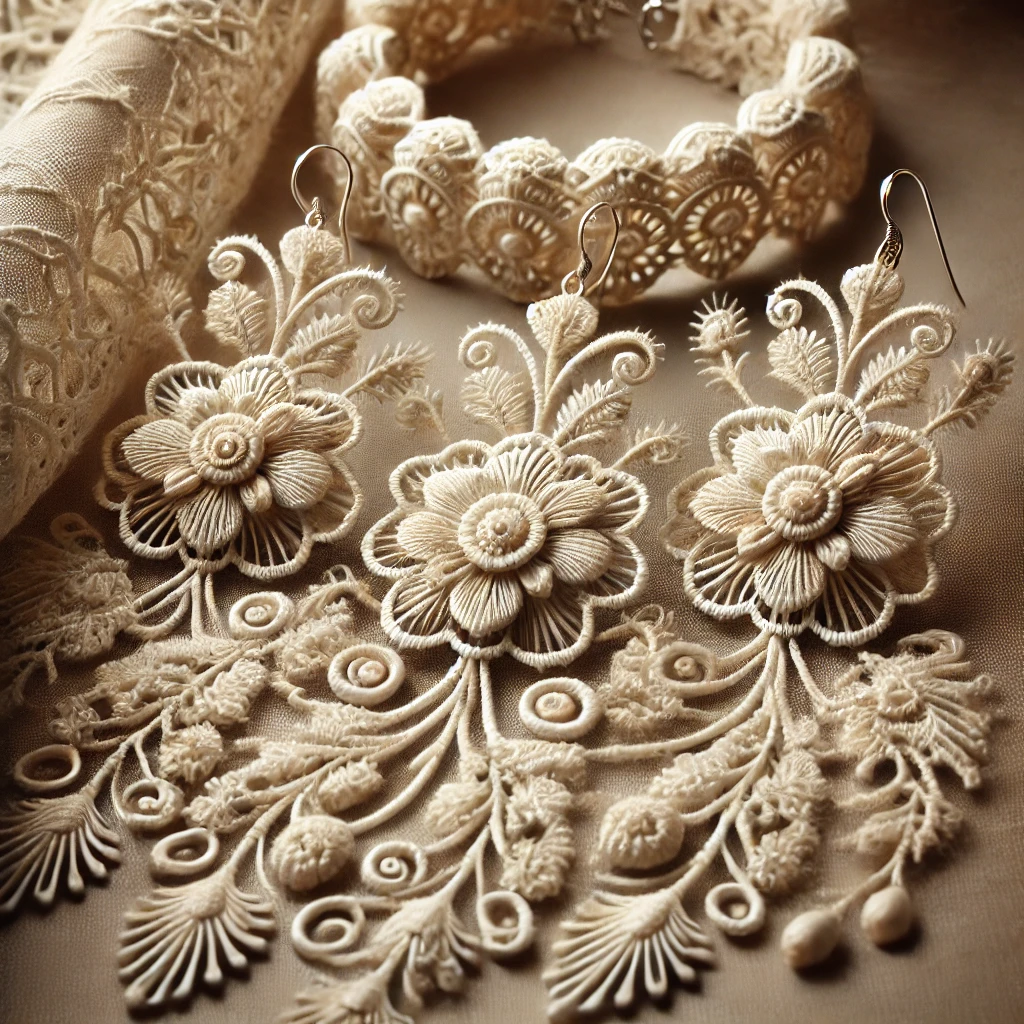
Final Thoughts on Irish Crochet
Irish Crochet offers a timeless way to add intricacy and elegance to both fashion and home décor. With a history rooted in resilience and creativity, it has evolved to stay relevant in modern fashion while honoring traditional craftsmanship. For crochet enthusiasts, exploring Irish Crochet opens up a world of detail-oriented work that celebrates the artistry of handmade lace. Whether you’re crafting for fashion, function, or art, Irish Crochet is a unique and rewarding technique that beautifully combines tradition with modern expression.

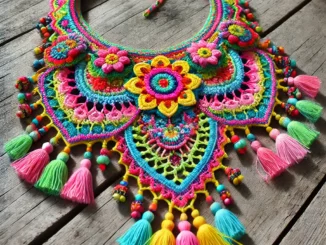
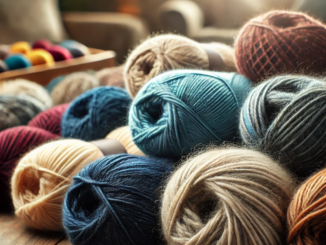
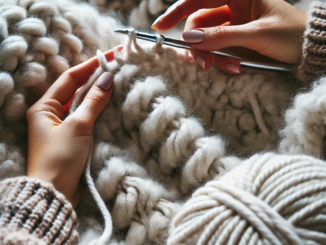
Be the first to comment